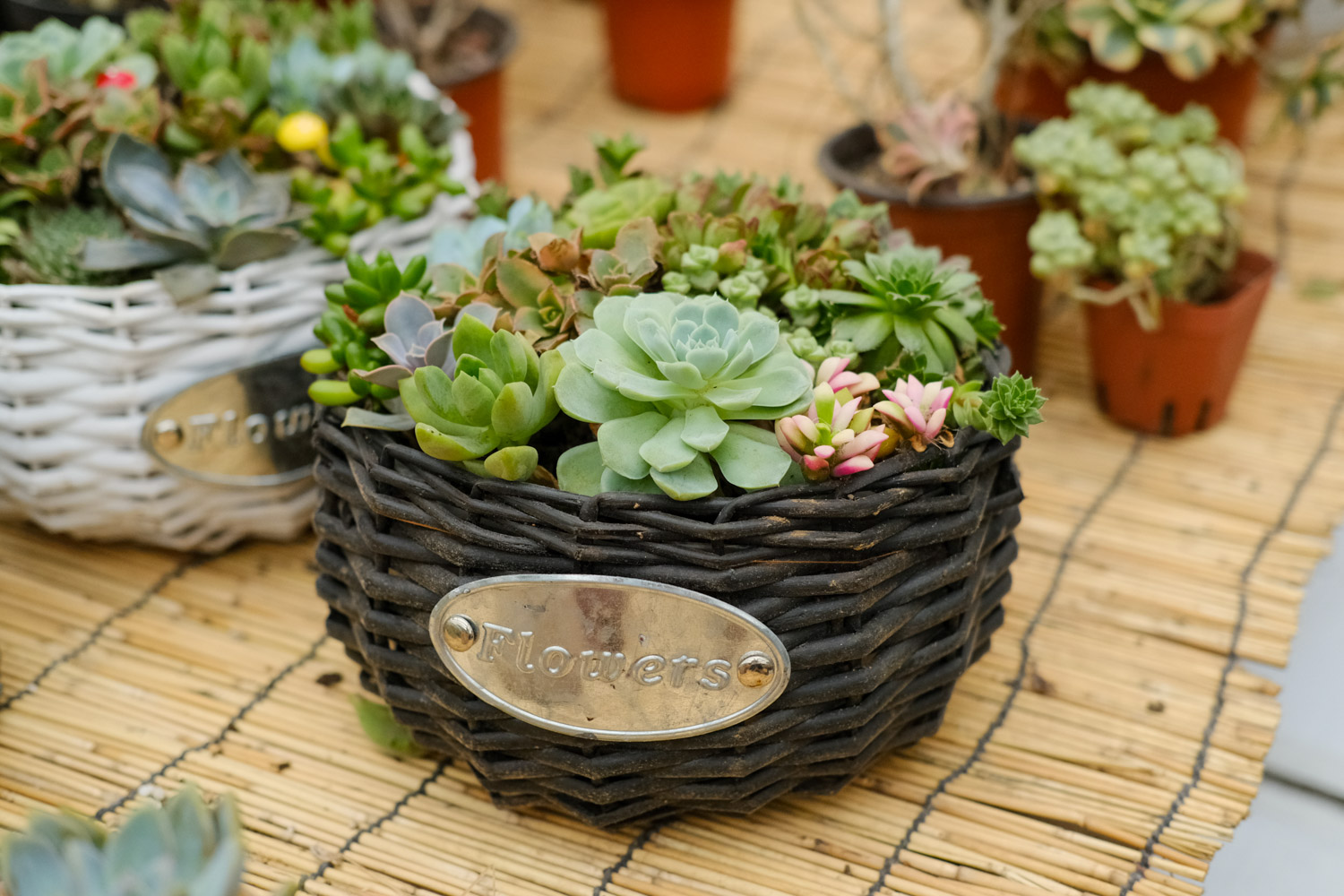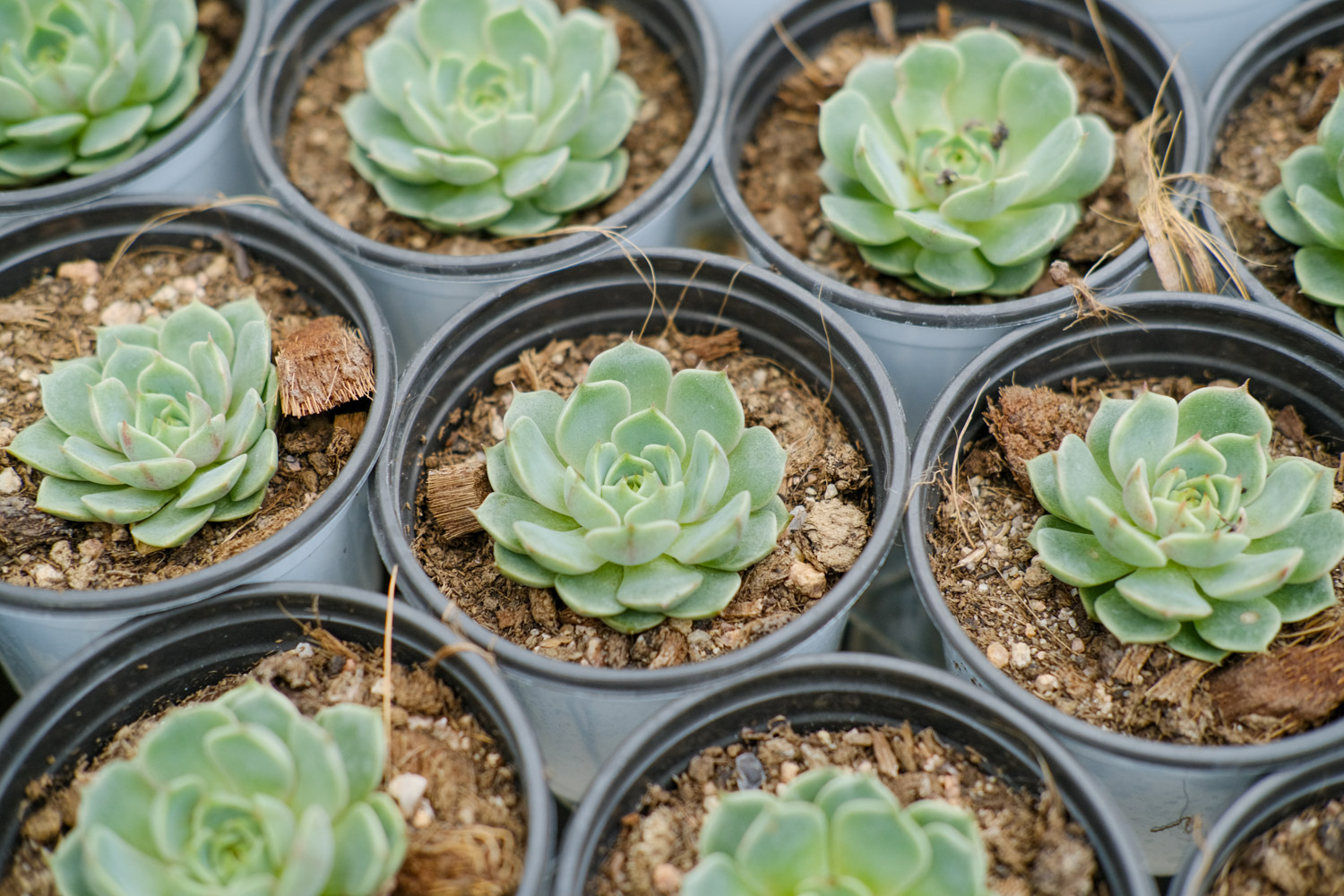Analysis on watering of succulent plants (Huayou Edition)
Once there is rain, the succulent plants will immediately drink enough, and then store them in the body for emergencies, so they form a plump and juicy shape. During drought, they need to consume the water stored in their bodies to maintain their normal physiological functions

For example, if you go on a field expedition, but you don't bring enough drinking water for three days, so you will save one day's water for three days. People in your company will never say you don't like drinking water. Of course, if you are free to stay at home, you can drink as much as you want. If you drink too much, you can go to the bathroom at most. You drink less water because you have to. No one will stop you if you want to drink more water. The same is true of succulent plants. They can endure when there is no water and drink when there is water. In fact, it is just more tolerant of water shortage than other plants, and other plants have long died of thirst. This principle is very simple and easy to understand. I mentioned the analogy of going to the toilet above. In fact, watering is the same. If you pour too much water, you have to excrete it. This is like the water permeability of a flowerpot - there must be no ponding at the bottom of the basin, and the drainage must be smooth. The excess water cannot be absorbed by the root system. The water in the plant has reached the saturation state, so the water must flow out. Otherwise, the root system will be asphyxiated by hypoxia, and the basin bottom will become a happy breeding ground for bacteria

"If you don't do it, don't pour it, pour it thoroughly" -- why do you want to pour it thoroughly? When you pour it through the bottom of the basin, water will flow out, and you can see it intuitively. Because this can ensure that the root system at the bottom can also absorb water, and to another extent, it can verify the drainage speed of your plant material, the water permeability of the flower pot, whether the hole at the bottom of the pot is blocked, etc. "Better dry than wet" is not wrong. It is an insurance scheme, and it is very safe. If you can't grasp the amount of water, it's better to pour less water. Beginners can suggest this scheme
The "bold watering theory" is a scheme that can make succulent plants grow vigorously, quickly and plump, and it is easiest to reach the best state. And it is undoubtedly the most effective way for flower friends who want meat to "burst pots in groups" and "have many children and grandchildren". In fact, scheme a is a scheme of "never dying of hunger", while scheme B is a scheme of "having enough to eat and drink and good health"
I don't recommend the use of flowerpots without holes at the bottom, because you don't know how much water can reach the root system at the bottom and there is no critical point of ponding at the basin bottom, which has the disadvantage of being unable to observe and predict. Brave people may pour water into the stagnant water and rotten roots, and timid people may pour a few drops, which can't make the roots drink enough water at all. And the most troublesome thing is that the water poured too much can not be discharged, and a large number of bacteria will break out in the closed and humid space
Of course, the "bold watering theory" I mentioned above is the applicable method of watering in the growth period. Of course, controlling or stopping water in the dormant period is the most stable. Remember! It is absolutely not wrong to adopt the "insurance scheme" during the dormancy period
Moreover, the amount of watering should be applied according to the regional conditions of North and south, weather conditions, temperature and air humidity. The climate in the north is dry, sunny and rainy, and the water transpiration is fast. The watering frequency can be higher. In the south, it is cloudy and rainy, the air humidity is high, and the water evaporation is very slow, so the watering frequency must be lower

For flower utensils, plastic, resin, porcelain and other utensils are relatively poor in water permeability and permeability, and the watering frequency should be greatly reduced. And pottery basin and tile basin can improve the watering times
Now it will be summer soon, so the amount of watering should be gradually reduced. After summer, the water should be strictly controlled. In short, these experiences can be understood through their own practice, which is not so tangled and complex
Finally, there is another misunderstanding that needs to be explained. I don't know where it originated. Many flower friends believe that watering too much will lead to overgrowth. The direct reason for the growth of plants is the lack of water, but it is not the direct reason for the growth of plants
If you think about it, the phenomenon of overgrowth is already happening. At this time, the water supply is still so sufficient. Doesn't it lead to the acceleration of cell division? So, in fact, as long as the sun is sufficient, watering will not lead to overgrowth at all, but will make it grow fuller and rounder


 how many times do yo...
how many times do yo... how many planted tre...
how many planted tre... how many pine trees ...
how many pine trees ... how many pecan trees...
how many pecan trees... how many plants comp...
how many plants comp... how many plants can ...
how many plants can ... how many plants and ...
how many plants and ... how many pepper plan...
how many pepper plan...


























